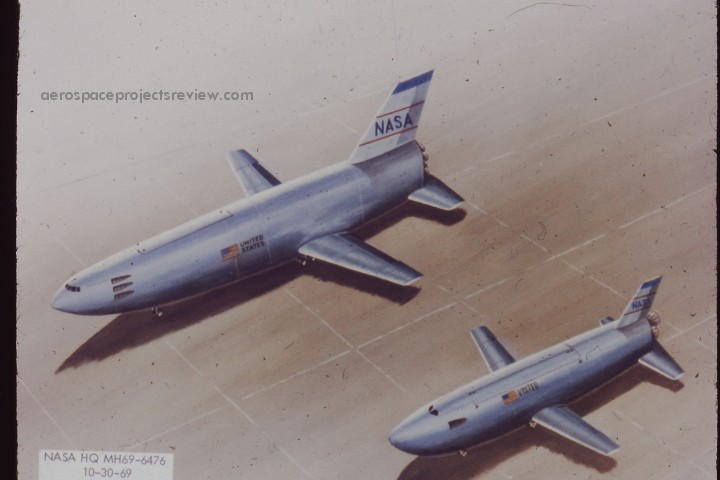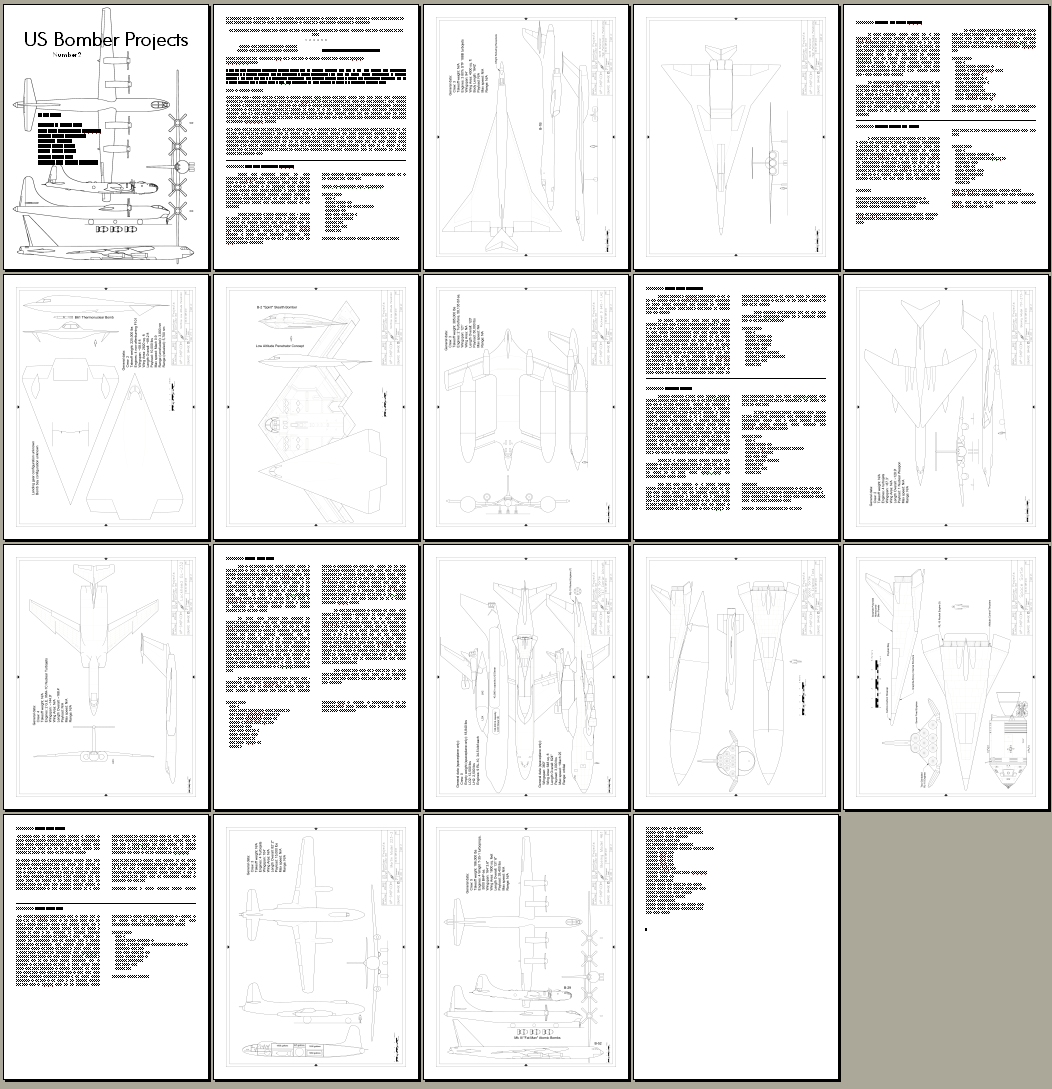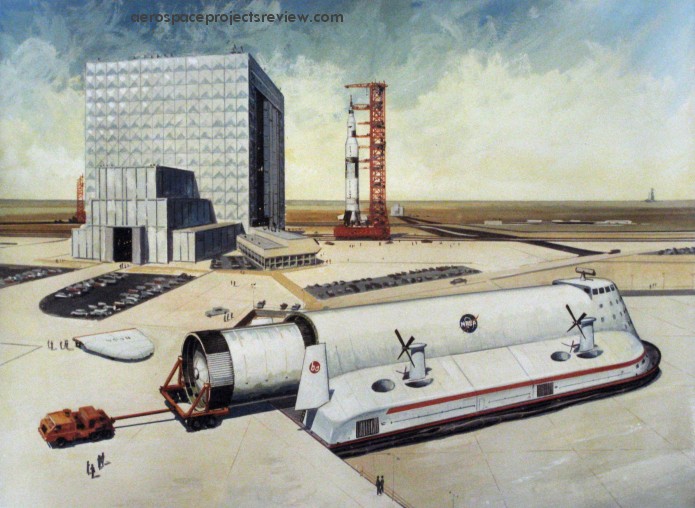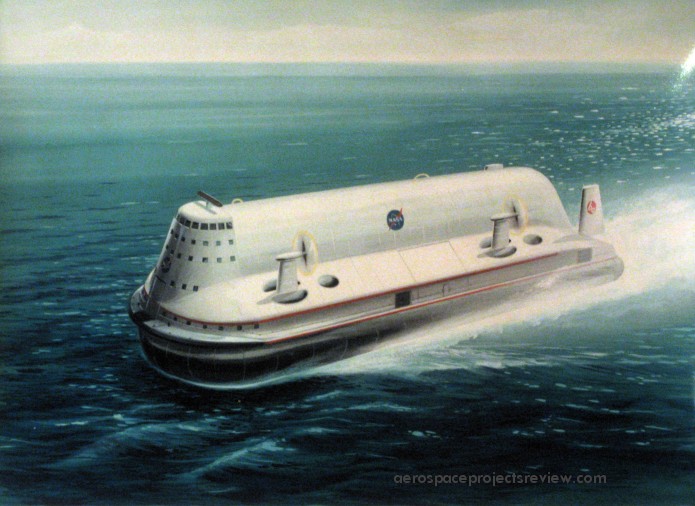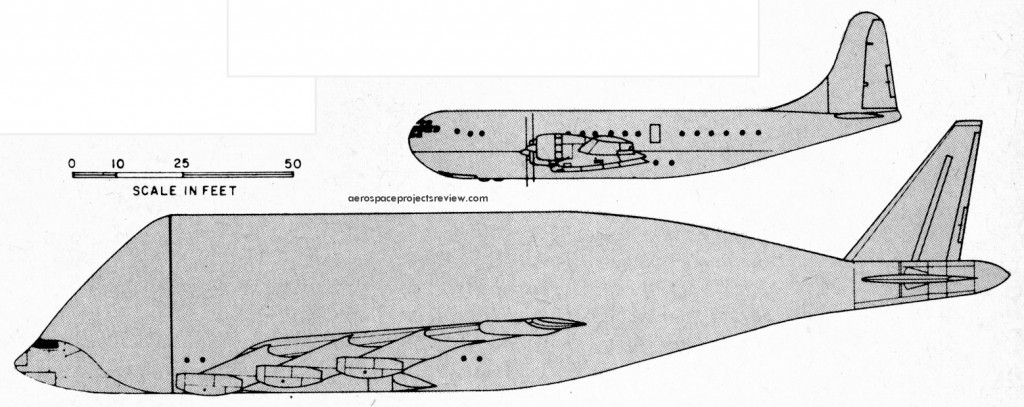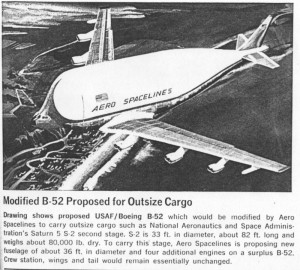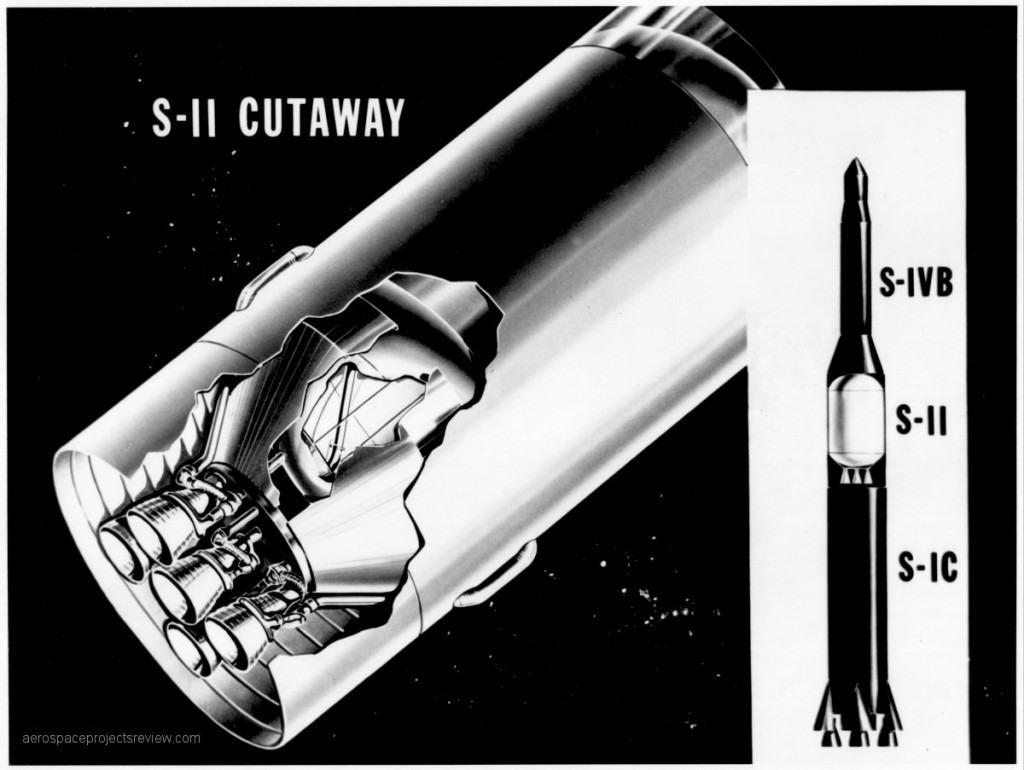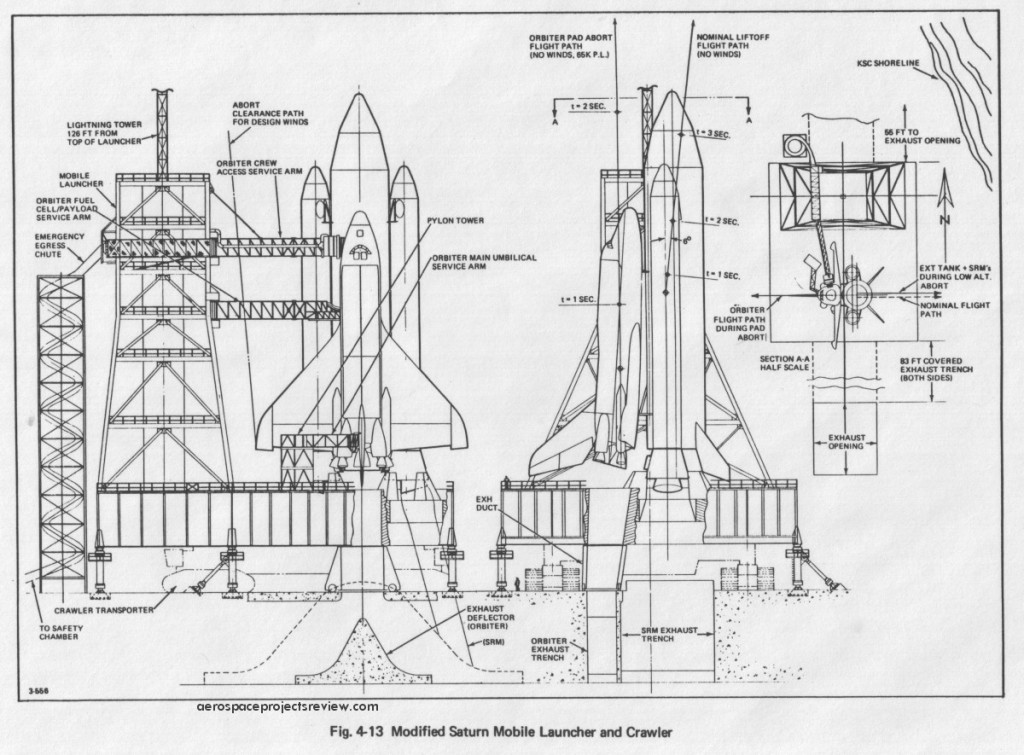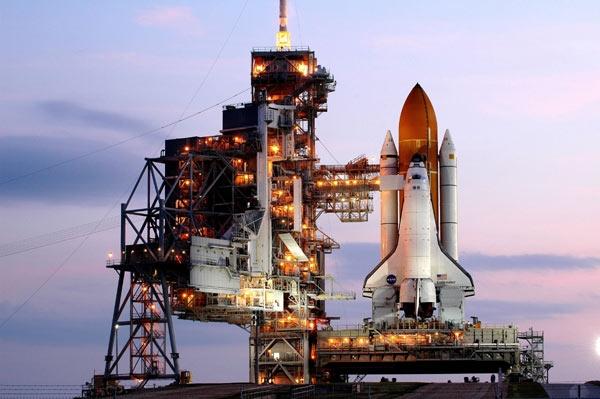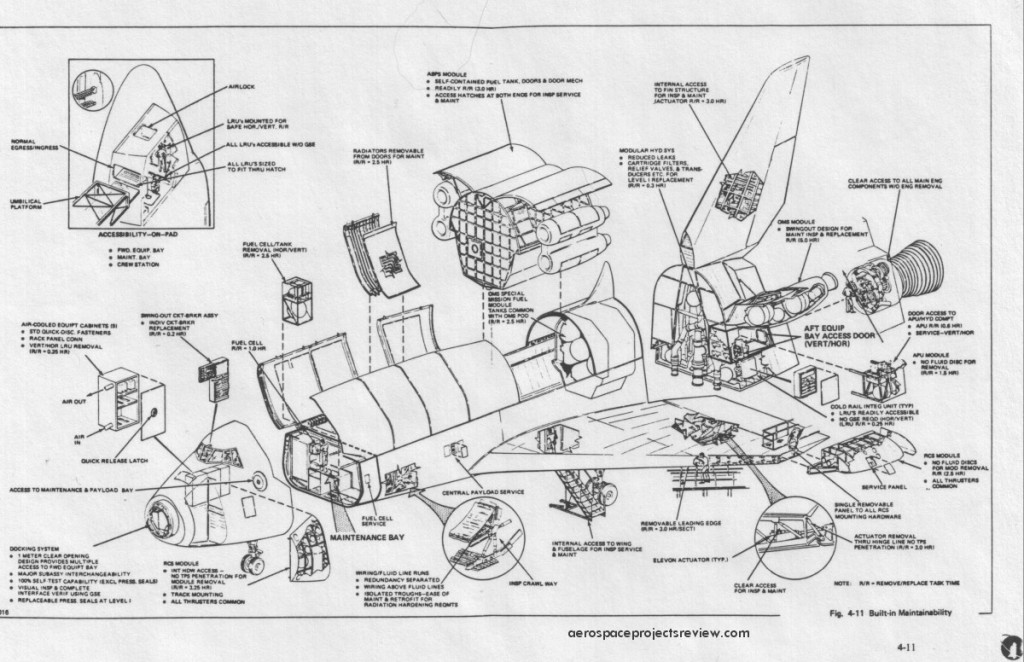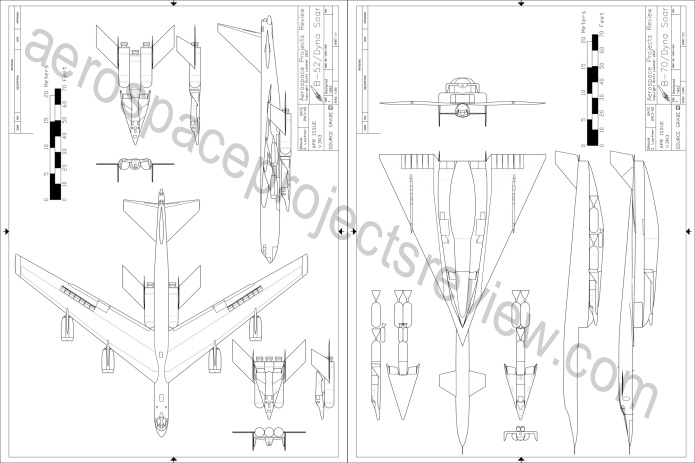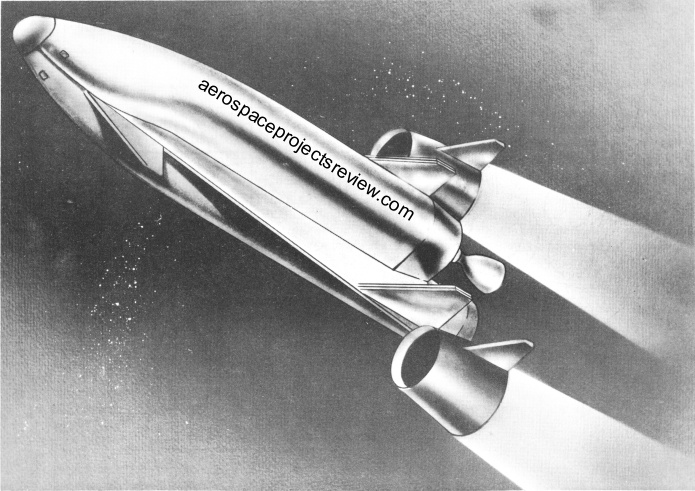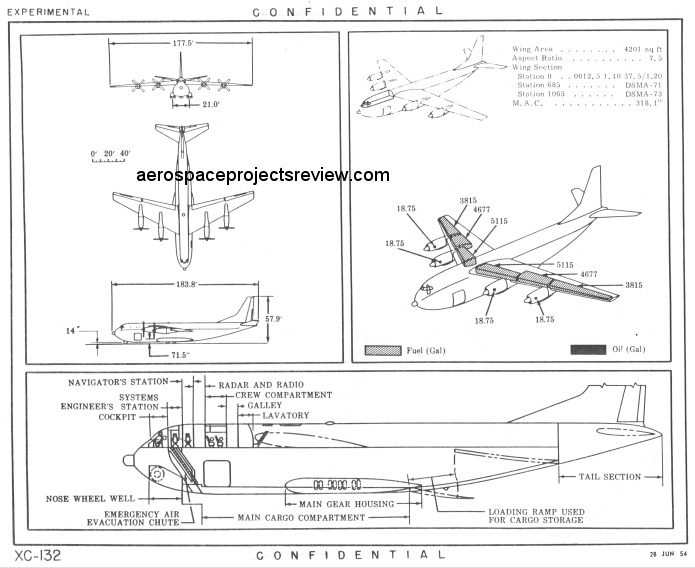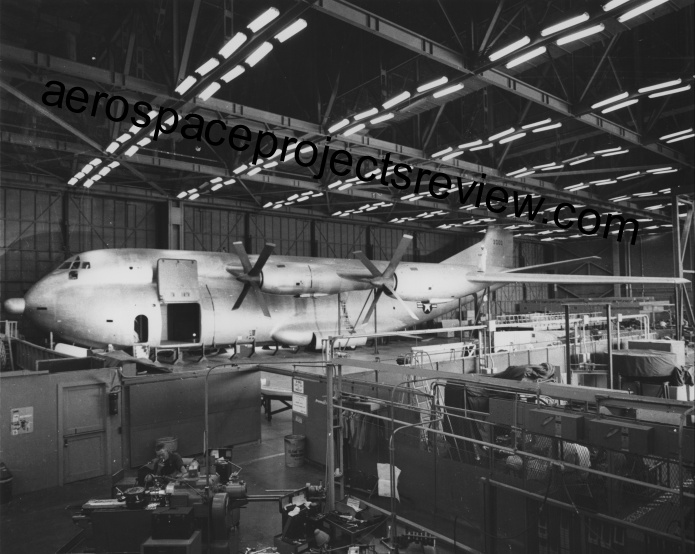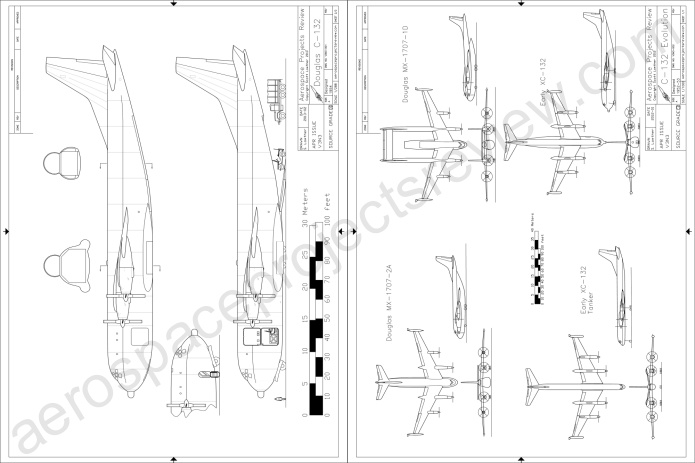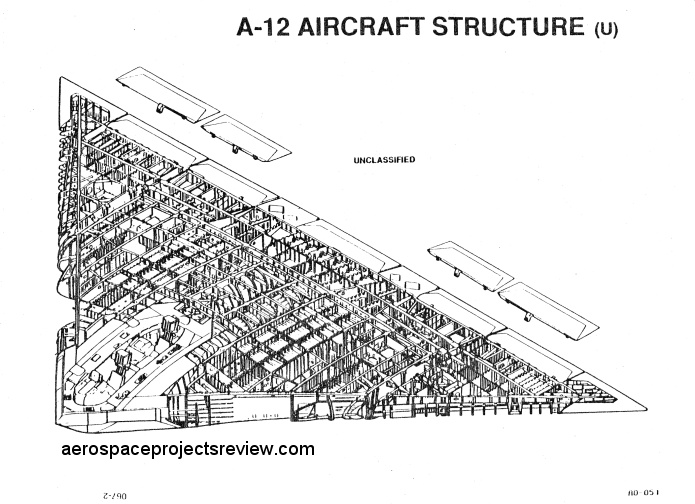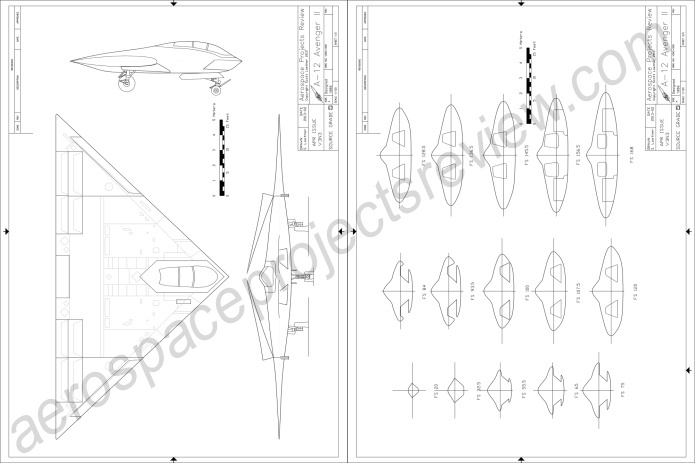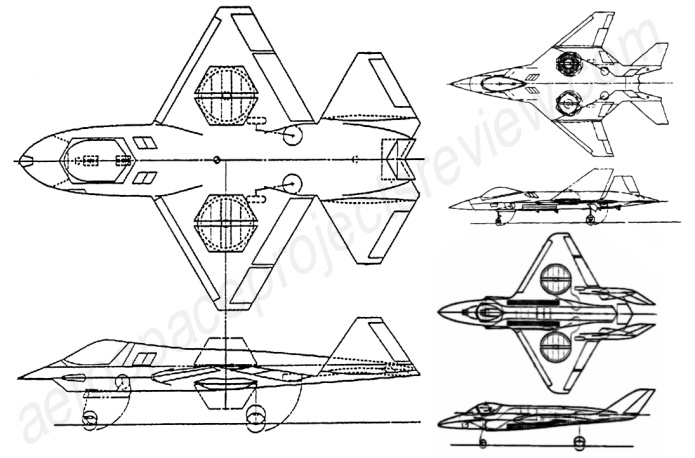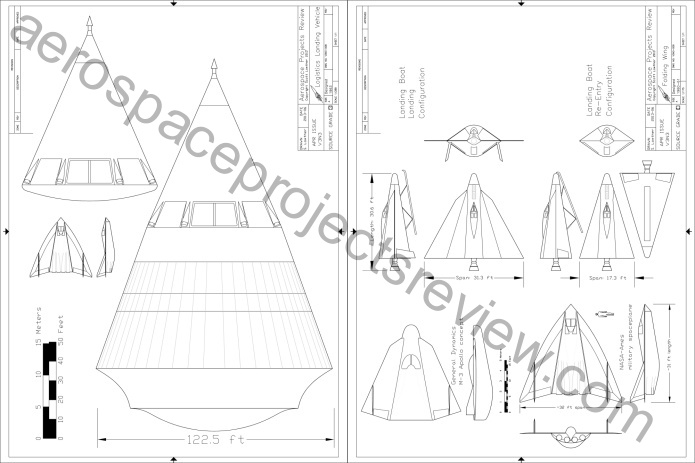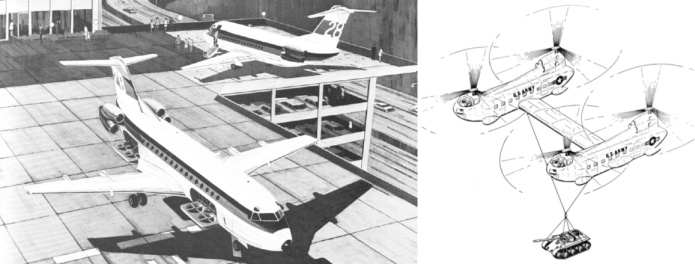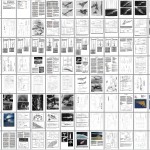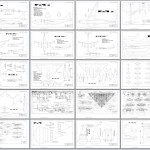A NASA painting of a 1969-vintage Space Shuttle concept. This was known as the “DC-3” configuration, and was designed – or at least heavily pushed – by Maxime Faget, and was adopted by several McDonnell-Douglas designs. It featured two manned and reusable rocket powered stages, both burning hydrogen & oxygen, both with straight wings. The smaller orbiter would basically “belly flop” into the atmosphere when re-entering. The straight wings would not provide a whole lot of lift, but they would also not be very massive. Thus the vehicles were relatively lightweight, but with restricted crossrange. Both stages also had turbofan engines mounted in the nose for cruise and landing assist.
Issue number 2 of US Bomber Projects is now available (for background, see HERE). This issue includes:
- Rockwell D 645-1: LH2:: A variant of the low-cost missile carrier using liquid hydrogen for fuel
- NAA High Performance Penetrator: a 1963 design for a supersonic bomber, led in part to the B-1
- Boeing Model 701-273-1: Second in a series on the evolution of the XB-59
- Lockheed GL-232: A subsonic nuclear powered bomber
- Boeing Space Sortie: A small unmanned spaceplane
- Martin Model 223-2: Second in the series on the development of the XB-48 – a wartime turbojet powered medium bomber
- Boeing Model 461: Second in the series on the development of the B-52… an early postwar turboprop heavy bomber
- Northrop Low Altitude Penetrator: A competing idea for what became the B-2
USBP#02 can be downloaded as a PDF file for only $4:
——–
———
Back in 2007 I visited the Bell Aircraft Museum in Niagara Falls, NY and got a chance to poke through their archives. Sadly, my scanner chose that day to not work, so all imagery I got came via photography with an indifferent camera. While it was more or less ok, it was not such a good system for capturing good images of glossies.
One such glossy was a 1960’s Bell concept for a hovercraft designed to transport Saturn V stages, presumably from the Michaud facility near New Orleans to Cape Canaveral.
Back when transportation of Saturn V stages was an issue, a number of vehicles were put forward. One of them was a highly modified B-52 concept from Aero Spacelines, the company that gave the world the Mini Guppy, the Pregnant Guppy and the Super Guppy. Here, a B-52 would be chopped to bits, with an entirely new fuselage built with the B-52 cockpit and tail units tacked on, with the B-52 wings added to a new wing center section, with two additional B-52 engine pods. Needless to say, this was not built. Dates from mid 1967.
Grummans concept for the mobile launch pad for their version of the Space Shuttle. It’s generally similar to the pad as actually built, but with some differences. The Shuttle is offset on the pad, rather than centrally located in order to provide room on the mobile pad for the tower, which for some reason was on the mobile pad rather than fixed in place.
You can now purchase a printed version of Aerospace Projects Review issue V3N3 through MagCloud. Two options: just the printed version, and the printed version with a digital download (PDF).
See:
At last: issue V3N3 of APR is now available. The first article covers the proposed use of bombers, specifically the B-52 and B-70, as launch platforms for the Dyna Soar manned military spaceplane.
The second article is on the Martin Astrorocket, a series of early-sixties design studies of reusable low-cost manned launch systems for the USAF.
The next article covers the development of the Douglas XC-132 turboprop transport/tanker plane throughout much of the 1950’s. This would have been by far the biggest turboprop plane the us would have built… had it been built. Article contains a number of good photos of the full-scale mockup.
Next is an article on the A-12 Avenger II stealthy strike plane for the US Navy. This article includes info and drawings on the Northrop competitor, as well as a number of rarely seen and all-new detailed diagrams of the A-12.
A brief article on a trio of Grumman designs from the 1989-1993 time period, VTOL lift-fan combat aircraft, including the Future Attack Air Vehicle (FAAV).
Last but not least, an article describing a trio of seemingly unrelated – yet possibly related – designs: a “landing boat” for Project Orion, a lifting body design for the Apollo program, and a fighter jet designed to be launched via booster rockets. Included is information on the logistics Landing Vehicle, General Dynamics’ equivalent of the Douglas ICARUS/Ithacus troop transport rocket.
And two “Aerospace History Nuggets,” a Ryan concept for a VTOL jetliner and a concept from Bell for linking two helicopters together to forma single heavy lifter.
Here’s the complete issue V3N3 layout:
It is available in three formats. Firstly, it can be downloaded directly from me for the low, low price of $8.50. Second, it can be purchased as a professionally printed volume through Magcloud; third, it can be procured in both formats. To get the download, simply pay for it here through paypal.
——–
———
To get the printed version (or print + PDF version), visit my MagCloud page:
http://scottlowther.magcloud.com/
——————
Also available: the V3N3 Addendum. This contains 30 pages formatted for 11X17. Includes larger and improved versions of all the CAD diagrams produced for V3N3, including:
- 1/72 versions of the A-12 diagrams
- Scans of the original A-12 diagrams
- 1/144 versions of the XC-132 diagrams
- 1/288 versions of the XC-132 antecedents
- 1/250 versions of the Dyna Soar/bomber launchers
- 1/72 versions of the Landing Boat, “Space fighter” and Apollo lifting body
- 1/200 version of the Nova/LLV
The V3N3 Addendum can be downloaded for only $3.00!
——–
———
